Given the opportunity to compete at a higher level, would you give it a shot?
Look up the definition of "propaganda," then watch these Pebble Partnership commercials...
Listen to the argument they are making. Does their argument make sense? Why or why not? Is it misleading? What do you think about these? Do yo
This third TV spot is different than the first two. What do you think about the message in this ad?
2010 was tied for the warmest year on record with 2005. Also, 2010 was, globally, the wettest year on record.
Observe the series of photos below documenting climate change in the past 80 years. Each of the sets of photos has been taken from the exact same vantage point over many years, documenting the retreat of glaciers.
Global mean temperature is now 1.12 degrees F above the 20th century average.
As these glaciers retreat, sea levels rise at roughly 3mm per year.
At this rate, how long until the Caribbean sea is lapping at the pitch at Cedar School? (Find elevation using Google earth)!
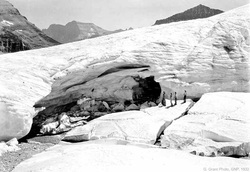
Ice cave on Boulder Glacier: 1932

Where the ice cave and Boulder Glacier used to be. 2004
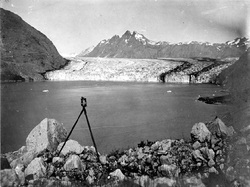
Carrol Glacier: 1906
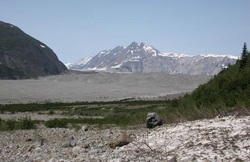
Carrol Glacier: 2004
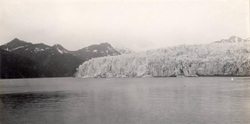
Mccarty Glacier: 1909
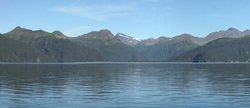
Mccarty Glacier: 2004
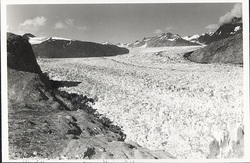
Muir Glacier: 1942
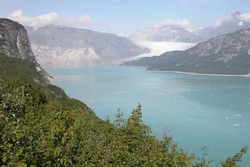
Muir Glacier: 2004. Look at the ecological succession taking place here.







